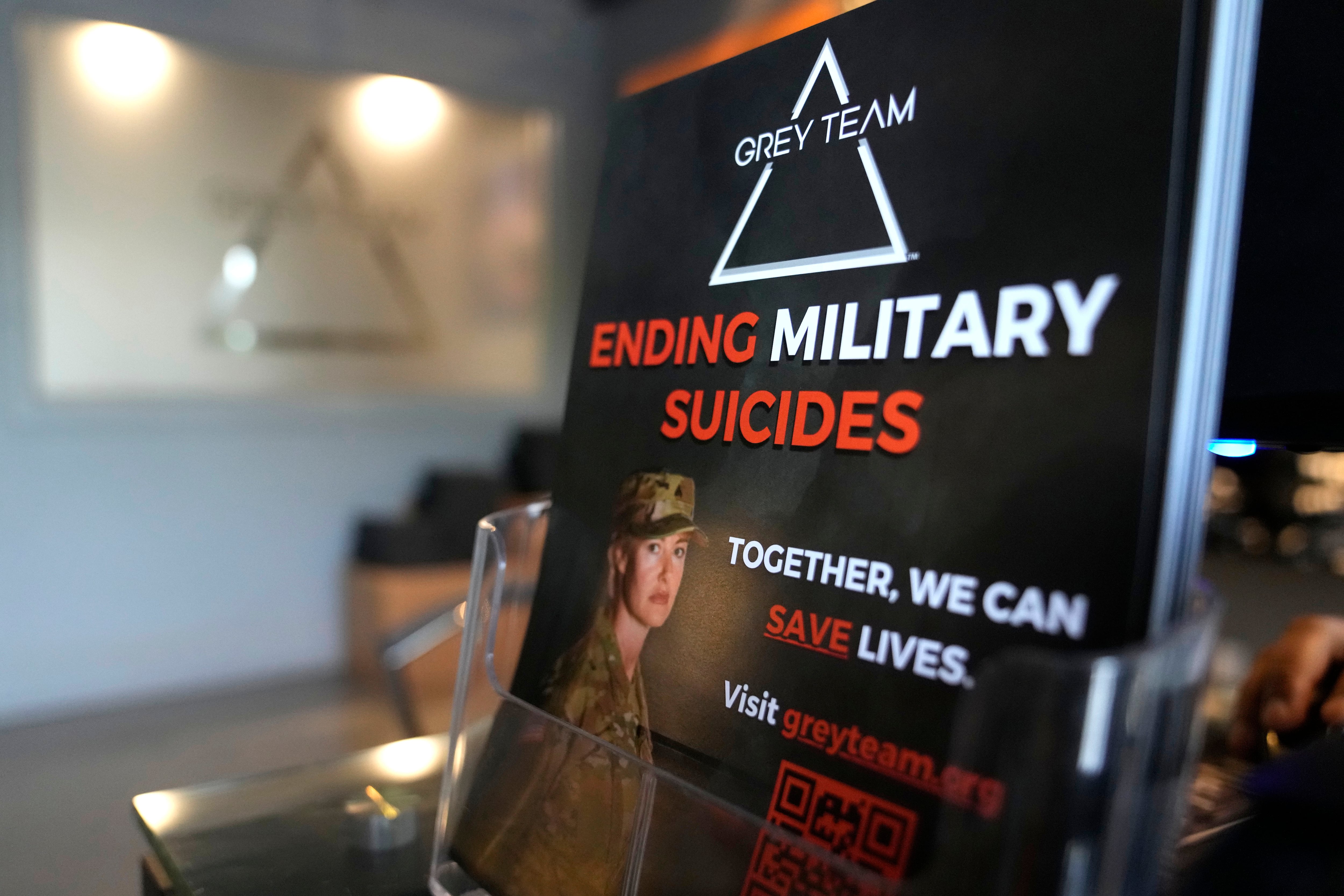![635714536242808365-121712nt-uniform-armycoat[ID=29638983] ID=29638983](http://cdn.tegna-tv.com/-mm-/1d8873d67893145d690c359967204acd4d41645b/c=0-268-941-1072/local/-/media/2015/07/02/GGM/NavyTimes/635714536242808365-121712nt-uniform-armycoat.jpg) One deckplate-driven change to women's uniforms is complete, and two others are in the works.
One deckplate-driven change to women's uniforms is complete, and two others are in the works.
The first change may not be immediately apparent. Female sailors had complained the bottom hems of their khaki tuck-in shirts were fraying and asked to have the same rolled hem used in the male shirt. But during wear tests, women found that although it provided a cleaner hemline, twomen found this solution too bulky during wear tests. The rolled hem producedshowed a distinct line in female slacks, which are closer fitting, according to Capt. Janet Bristol, head of Navy Uniform Matters.
The Navy instead switched to reinforced stitching, which "seems to have fixed the problem," she said. All new tuck-in khaki shirts have this fix.
Bristol commended the sailors who brought the problem to her attention, and provided Navy Times an update on two other requests that emerged in a women's uniform survey circulated heldin late 2013.
1. Beltless khaki slacks. The Navy is experimenting with slacks for women that can be worn, beltless, with the overblouse without a belt.
for wear with the overblouse. Current rules are simple: If the trouser has belt loops, a belt must be worn. But this adds "a little extra bulk to the center portion of the woman's figure, which we all don't desire," Bristol said. "Getting rid of the belt and loops makes it a more flattering outline for the female form."
A wear test of two prototypes wrapped up in late 2014. The winner has yet to be determined. Some sailors liked the side-zip version, which Bristol described as providing called "reduced functionality but more flattering" fit.
The Navy has gone this route with officer and chief service dress blues for E-7s and above. But a side zipper provides no gig line to align the overblouse and has no pockets other than the interior welt pocket. Combined with a shirt that has no pocket, this could be a deal breaker.
"We try to keep our personnel looking sharp, and we want them to be flattering in appearance, and we want them to fit properly and be functional," Bristol said. "We want people to be proud of what they are wearing — uniforms that reflect our Navy heritage."
2. Pencil skirts. That same wear test, which was held in the Washington, D.C., area, also included two prototypes (side and front zippers) of a new skirt.
The women's survey showed strong support for a pencil design skirt in white and khaki. Current skirts are A-line, which is resembles a triangle in design as they are narrow at the waist and wider at the bottom. Women said they prefer the narrower hem line and more fitted look of the pencil skirt. straighter look of the pencil design.
These changes aren't a simple matter of a reinforced hemline. Once a decision is made, more prototypes will be manufactured to help finalize specifications. Then contracts must be drawn and vendors selected to build the inventory. Most uniform changes take between three and four years from concept to rollout, which means you're not likely to see these skirts until will not see these changes until late next year, but probably in early 2017.
Larger pockets. In the meantime, uniform officials are looking to enlarge the internal pockets on officer and chief's service dress blues and service dress whites to accommodate larger items such as smartphones.
Other items. The cold-weather parka is available for purchase. The Navy version of the Army's all-weather coat will be issued in recruit training this fall. Officials view it as a which officials see as a more stylish version of the raincoat. The new moisture-wicking warm-up suit (a design borrowed from the Marines) will roll out later this year. Officials expect the new service dress blue jumper for female enlisted new female service dress blue jumper will be available for purchase in early 2016 (along with an improved version of the male uniform eight years in the making), and the lightweight Navy Working Uniform will be distributed in time for the summer heat. In addition, the long-awaited redesign of service dress whites is expected to arrive return in fiscal 2017.





